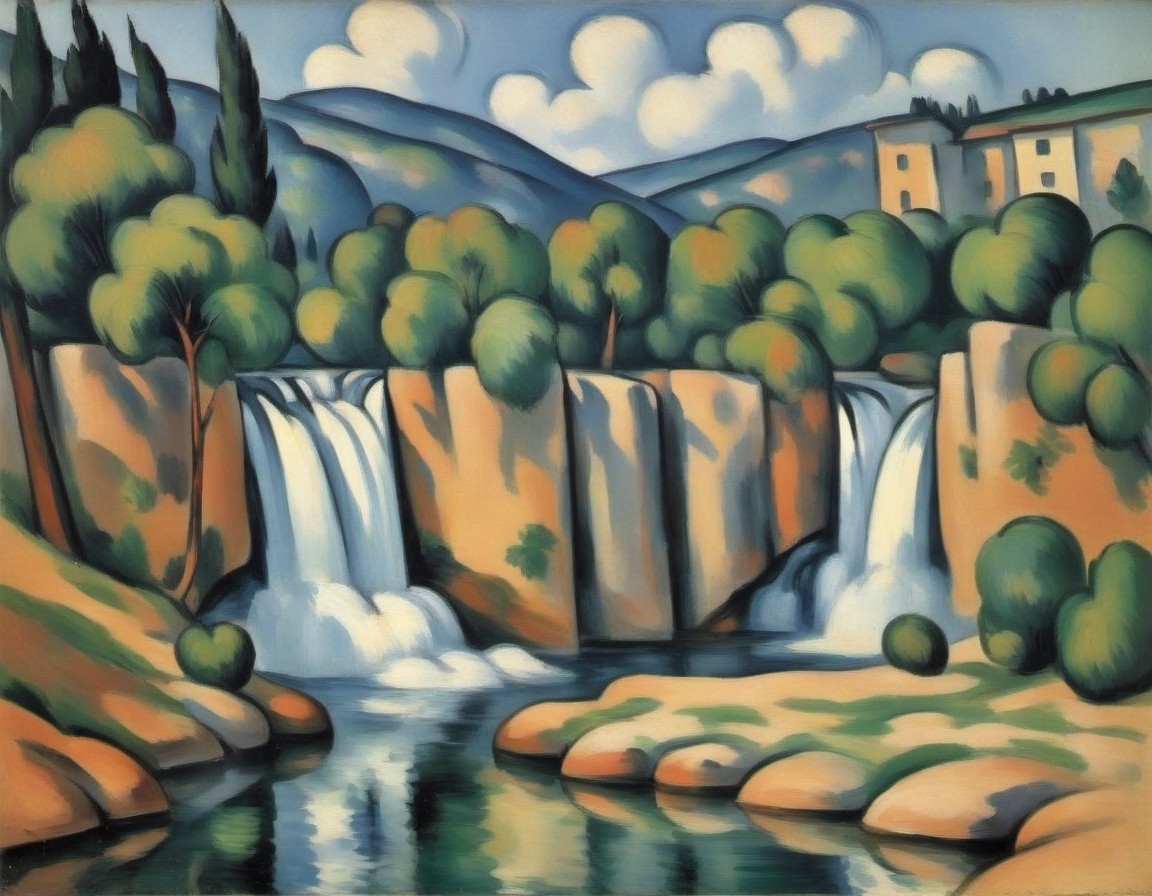Old Masters, New Technology

🌈 Art and Technology
🙋 Q&A
[01] Imagining Old Masters' Perspectives on New Technology
1. What would the old masters like Rembrandt think of new technology like trains, cars, TV, computers, and smartphones?
- The article suggests it's impossible to know for sure, but we can make educated guesses using AI-generated "pastiches" - images of modern technology portrayed in the style of famous artists.
- The author experimented with prompts like "painting of a computer by Rembrandt" and found that Rembrandt would likely not be a fan of depicting computers in his art.
- Other artists like Picasso, Cezanne, Warhol, Pollock, Van Gogh, Matisse, Kandinsky, and Caravaggio were also imagined portraying various modern technologies in their distinctive styles.
2. How accurate are these AI-generated "pastiches" in capturing the artists' styles?
- The author notes that while the pastiches look convincingly like the artists' work, an expert would likely be able to identify them as fakes since they are not part of the artists' actual catalogs.
- However, the author still enjoys many of the pastiches, finding some to be "brilliant" even if they don't perfectly match the artists' true styles.
3. What observations can be made about the different artists' portrayals of modern technology?
- The pastiches suggest Rembrandt would not be enthusiastic about depicting computers, while Picasso, Warhol, and others might have embraced portraying technology in their unique styles.
- The pastiches also show the artists' styles evolving over time, with later artists like Warhol and Pollock more readily incorporating modern devices like computers and iPhones.
[02] Exploring AI-Generated Pastiches of Artists and Technology
1. What were some of the key observations about the AI-generated pastiches of specific artists portraying modern technology?
- The pastiches of Cezanne, Picasso, Warhol, Pollock, Van Gogh, Matisse, Kandinsky, and Caravaggio all attempted to depict computers, iPhones, and other modern devices in the artists' distinctive styles.
- The results ranged from Rembrandt seemingly disinterested in computers, to Picasso and Warhol embracing the opportunity for self-promotion, to Pollock incorporating the technology into his abstract drip paintings.
- The author found that certain artists like Picasso, Cezanne, Matisse, and Caravaggio reliably produced convincing pastiches when prompted.
2. What limitations or challenges were observed with the AI-generated pastiches?
- The author noted that while the pastiches looked convincingly like the artists' work, an expert would likely be able to identify them as fakes since they are not part of the artists' actual catalogs.
- The technology also seemed limited in its ability to accurately depict modern devices like iPhones, often rendering them in an outdated 80s/90s style.
3. What was the author's overall impression of the AI-generated pastiches?
- Despite the limitations, the author generally enjoyed the pastiches, finding some of them to be "brilliant" even if they didn't perfectly match the artists' true styles.
- The pastiches provided an interesting thought experiment in imagining how famous artists might have portrayed modern technology if they had lived to experience it.
Shared by Daniel Chen ·
© 2024 NewMotor Inc.